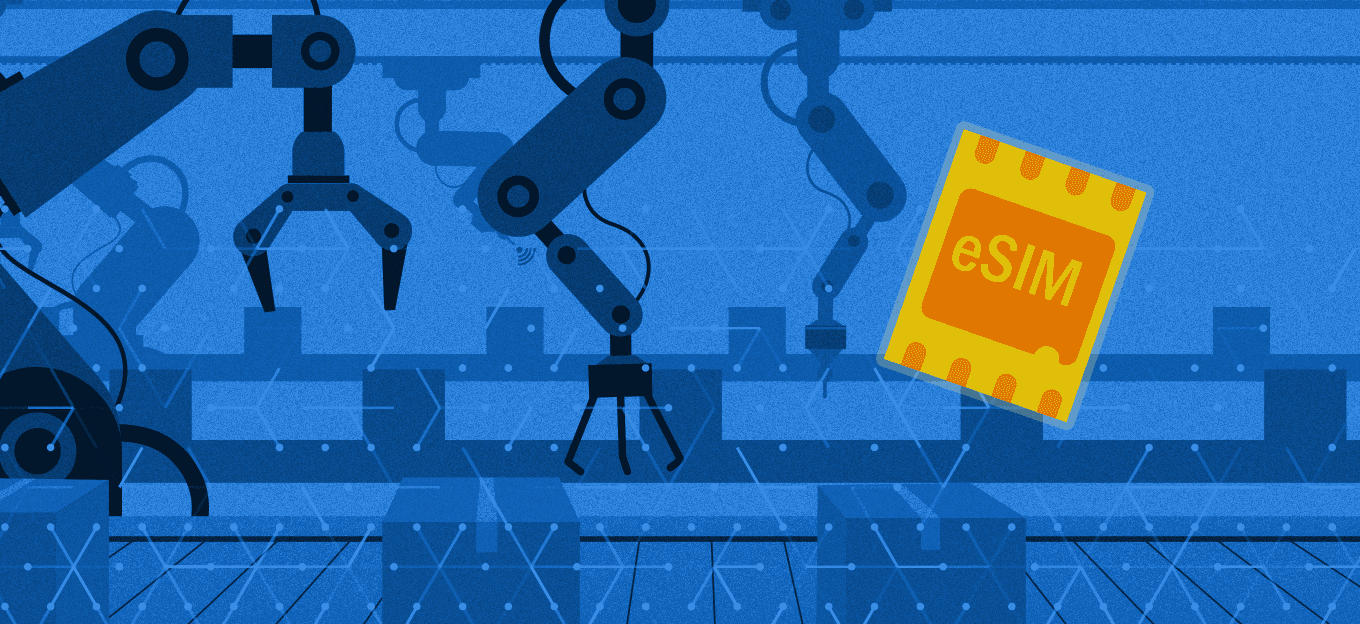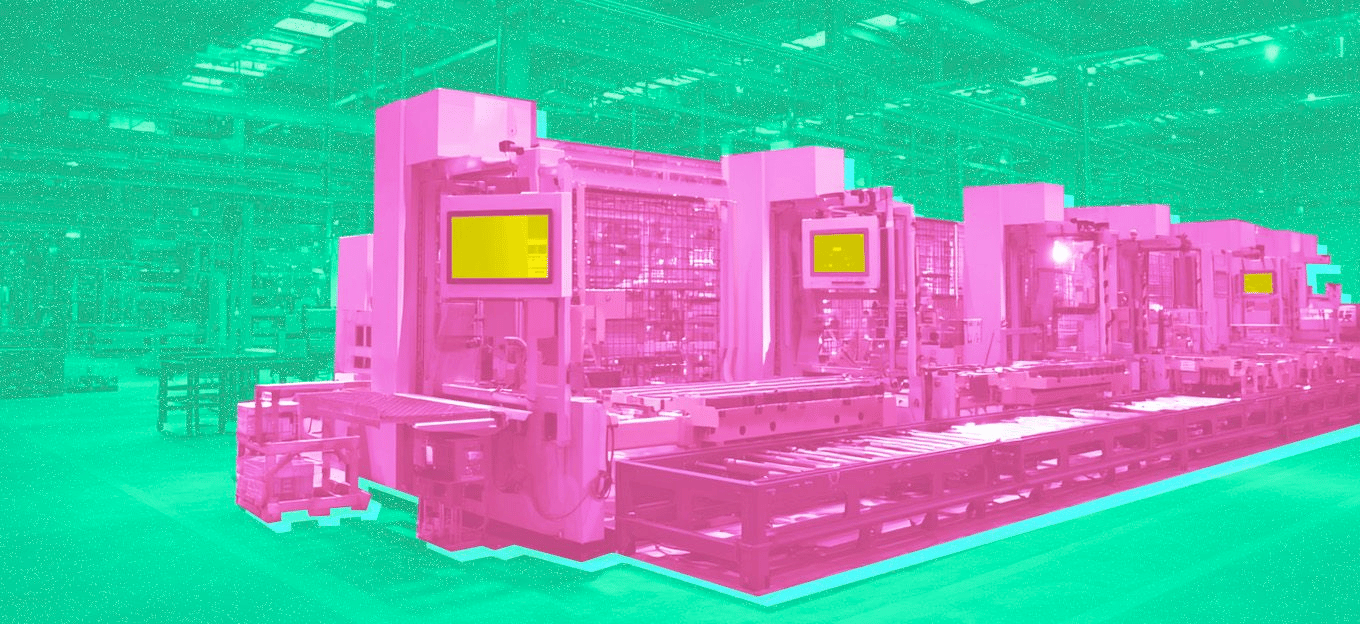- IoT For All
- Posts
- The New Chip Taking Aim at 5G’s Biggest IoT Roadblock
The New Chip Taking Aim at 5G’s Biggest IoT Roadblock
Plus our top IoT stories of the week!
Hello readers,
Welcome to the IoT For All newsletter! This week we’re talking about IoT’s 5G update, in-factory profile provisioning for eSIM devices, how telematics is driving vehicle fleets, and more!
The New Chip Taking Aim at 5G’s Biggest IoT Roadblockk

With ultra-high data rates, ultra-low latency, and support for millions of connected devices per square kilometer, 5G enables real-time automation and communication across massive sensor networks. That makes it a powerful tool for IoT. Global adoption is moving fast—faster than 4G ever did—and the 5G IoT market is expected to surge from about $10 billion in 2023 to nearly $200 billion by 2032 by some estimates.
But growth isn’t evenly distributed. High-value, mission-critical applications like smart factories, connected healthcare, and autonomous systems are embracing 5G now. Meanwhile, the broader vision — millions of battery-powered IoT sensors distributed across warehouses, roads, farms, and buildings — depends on the success of cost-efficient variants like 5G RedCap. And RedCap, while promising, still faces barriers around cost, complexity, and power draw.
That’s what makes new research out of MIT so interesting. A team of engineers has developed a low-power chip component specifically designed for 5G RedCap receivers. It enables frequency hopping (a technique critical for interference avoidance), consumes less than a milliwatt of power, and can filter out 30 times more interference than conventional IoT receivers. All this while being manufacturable in standard chip fabs. That’s a big step toward bringing RedCap to the kinds of low-cost, battery-powered devices 5G needs to truly scale.
The chip also opens doors for battery-less operation through future energy harvesting. And thanks to its software-defined, tunable radio architecture, it could support a broad range of devices, from industrial sensors to health monitors to smart cameras, all operating reliably in dense, interference-heavy environments.
The catch is that this tech is only half the battle, as IEEE Spectrum explains:
The group appears to have designed some pretty effective low-power 5G IoT receiver circuitry. So who can design a similarly clever transmitter?
Do both of those, and someone someday will be in business, says Klumperink. “There are arguments to be made for IoT-over-5G (or 6G),” he says. “Because spectrum is allocated and managed better than ad hoc Wi-Fi connections.”
If innovators can crack that piece and balancing cost, power, and performance,RedCap could move from potential to pervasive. Getting both sides right could tip the scales toward a future where 5G delivers on the promise of massive IoT.
📖 Top Articles
Across sectors, connected product development is evolving, driven by innovation, practicality, and a shared vision to build smarter, more resilient devices. Product teams are already adept at navigating complexity: balancing form factor with function, security with usability, and engineering timelines with operational realities.
Now, a quiet revolution is unfolding.
Whether you’re a vehicle telematics OEM, a solutions provider building smart fleet technologies or an enterprise running a telematics fleet management platform, the demands on your operations are the same: deliver more value with less effort, optimize asset performance and stay ahead of compliance and security requirements. | The Internet of Things (IoT) adoption in manufacturing has been increasing, but many facilities remain hesitant to fully embrace it. One of the key barriers is a lack of understanding precisely where and how this technology can drive real value at the company. For many manufacturers, IoT predictive maintenance is the most impactful use case. |
🔥 Rapid Fire
Lightweight authentication for IoT devices (LAID) in sustainable smart cities
Why IoT-enabled fluid telemetry is an industry imperative
Strategies to secure long-life IoT devices
AT&T achieves nationwide 5G RedCap coverage
Biting off more than you can chew? IIoT in industry today
Matter prepares for IoT device explosion and AI at the edge with first Wi-Fi HaLow certification by Morse Micro
🎙️ The IoT For All Podcast
In the latest episode of the IoT For All Podcast, Thomas Neubauer, co-founder and CEO of Dimetor, joins Ryan Chacon to discuss how telecom-enabled drones are powering aerial IoT solutions. The conversation covers the evolving role of telecom in drone operations, the convergence of telecom and aviation, drone applications, and regulatory challenges.
🗓️ Events & Webinars
 | Optimizing Urban Lighting Networks with LoRaWAN®: A Key Enabler for Scalable Smart City ServicesJuly 22, 2025 | 11:00 AM ET Leveraging the long-range, low-power capabilities of LoRaWAN®, cities can transform traditional lighting networks into intelligent, remotely managed assets — reducing operational costs, enhancing public safety, and enabling new urban services. The session will cover real-world deployment scenarios, network architecture best practices, and the role of interoperable IoT ecosystems in future-proofing municipal services. |
Build Faster, Manage Smarter with eSIM and the Single Pane of Glass AdvantageVirtual, On Demand Discover how to fast-track eSIM-enabled IoT product development using interoperable modules qualified under the Secure with Kigen promise. Learn how to move from prototype to production faster without needing in-house telecom expertise leveraging trusted module partners and connectivity Whether launching your first connected product or scaling a global IoT fleet, this webinar offers actionable insights into solving IoT fleet management challenges with the GSMA SGP.32 eSIM standard. |




